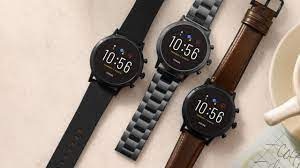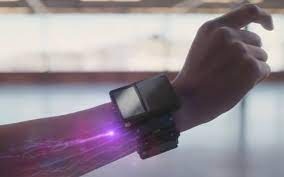These past few weeks, Google has taken users of its wearable platform on an experience. It hinted at what could have been the strongest update to Wear OS yet, but then remained tight-lipped about any intentions until later this year. Smartwatch producers didn’t help matters by being as vague about updating older wearables to Wear OS 3.0, too though. Qualcomm has attempted to address any reservations regarding the Snapdragon Wear chipsets’ capabilities to operate this improved experience. Even so, Google may have tossed some cold water on that by indicating that it isn’t the case.
Even on a technical level, the situation isn’t precisely clear-cut, as Google admits. There are several tiers and parties involved in creating, just as there are with Android. To put this another way, it’s too early for Qualcomm or manufacturers to make promises they may not have been able to keep. Qualcomm states that the 2018 Snapdragon Wear 3100 can support all of Wear OS 3.0’s functionalities, which is unsurprising. However, reviews of smartwatches that use this microprocessor aren’t spectacular, and there was still some concern around whether everything will be able to manage the extra load. Google, it turns out, thinks the same thing.
In response to XDA’s post on Qualcomm’s remarks, Google says it hasn’t confirmed any eligibility or timeframe for updating existing Wear OS smartwatches, of which all but two use the older Microprocessor. It also states that user experience is its main priority, and that it needs to make sure that it is optimised. Of course, Google will still not put its partner Qualcomm under the bus. Reading between the lines, however, it suggests that it is exploring more powerful and newer chipsets such as the Snapdragon 4100 and 4100+. The Mobvoi TicWatch Pro 3 and the newer TicWatch E3 are the only smartwatches that employ these Cpu cores so far, and it would be a horrific event if they weren’t upgraded to Wear OS 3.0.
Nonetheless, even if Google and Qualcomm approves Wear OS 3.0 for Snapdragon Wear 3100 devices, the ball will remain in OEMs’ hands. Upgrading these devices is no straightforward process, especially for smartwatch vendors who aren’t used to it. Nevertheless, they are more likely to forsake old hardware in front of Wear OS 3.0 on newer products. Even though the given information is given in a clear view for people’s use. You can also make use of the online sites and web browsers for further things.






